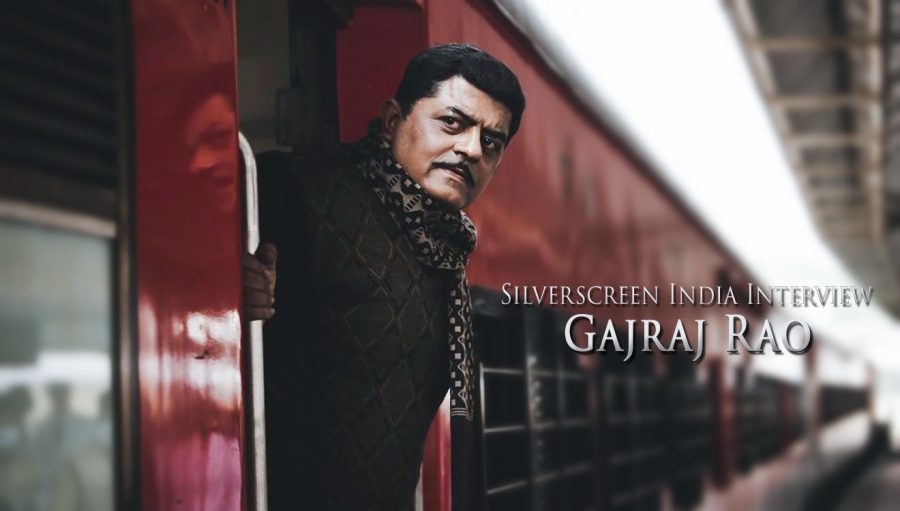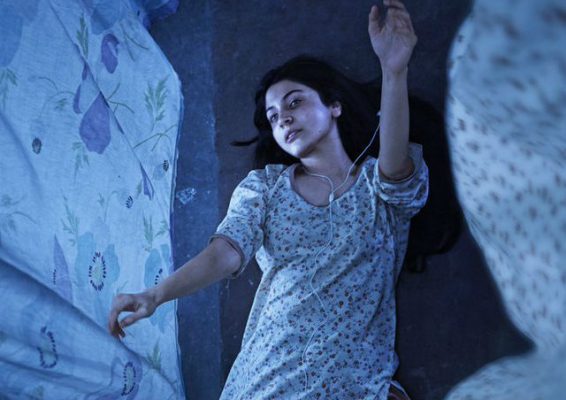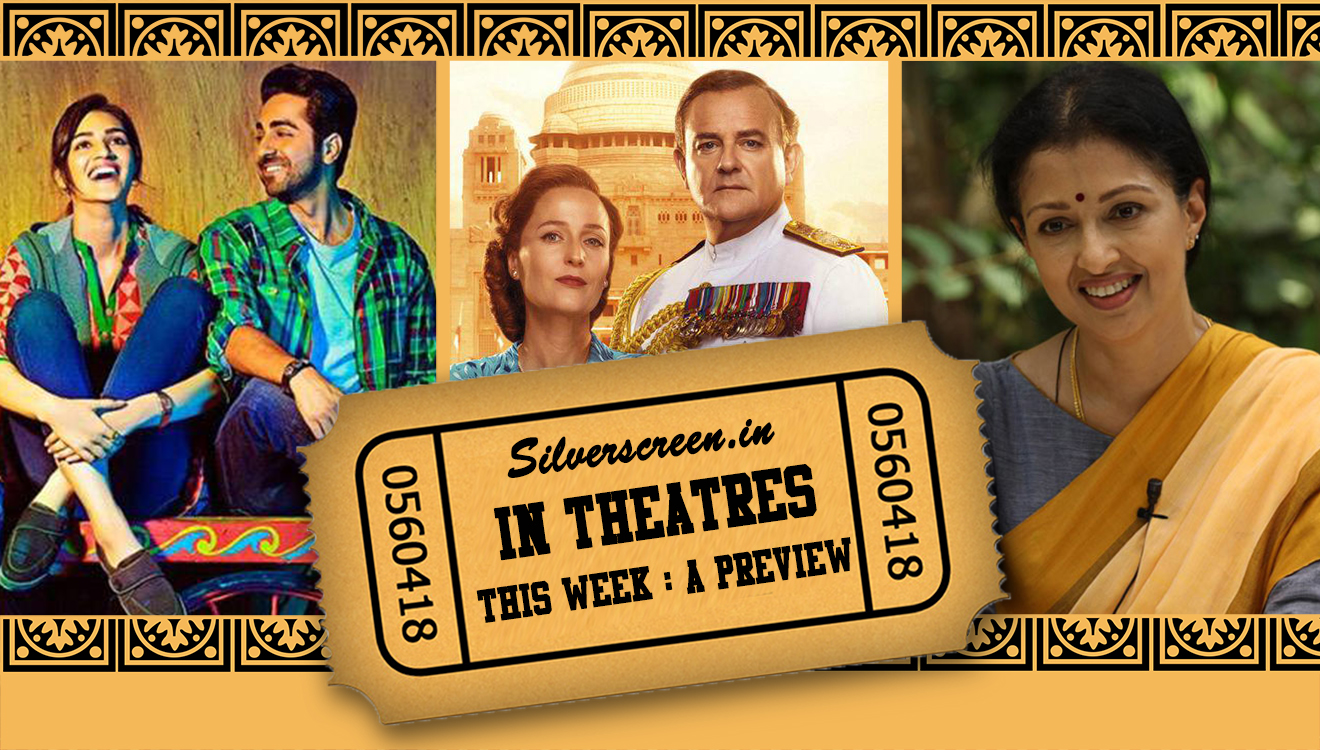In Netflix’s recent anthology Ray, based on scripts of famous Bengali director Satyajit Ray, the short film Hungama Hai Kyon Barpa (directed by Abhishek Chaubey) stands out. Its adaptation and performances by the cast leave the viewers and film critics happy. This is particularly true of actor Gajraj Rao.
Rao plays the role of Aslam Baig, a wrestler turned sports journalist who parlays with actor Manoj Bajpyee’s character Musafir Ali, a singer with kleptomaniac tendencies. Fate brings the two personalities together twice and chaos unfurls. In the short film, Rao’s easy humour and remarkable acting propel the story forward.
This is not the first time that Rao has been applauded for his layered and likeable representation of a character on screen. The 50-year-old actor’s first film which became popular was Badhaai Ho (2018). Here, he played the role of a man whose wife becomes pregnant at the age of 52. The film which is a comedy with a message points one towards a world of inclusion. Since its release, Gajraj Rao has been offered substantial and important roles.
Until recently though, he was merely a seasoned face in the world of Hindi cinema, playing small but familiar roles. In the past, he has played character roles in popular hits like Bandit Queen (1997), Dil Se (1998), Black Friday (2004), Talvar (2015), and Aamir (2008).
Over time with more recognition and strong performances, Rao has veered into the world of OTT platforms.
Rao’s creative pursuits have not been limited to the world of acting. This artist who established Code Red Films, an advertisement production house in the year 2003 has a thriving alternate career. He staunchly believes that digital marketing and social media are good mediums that can be used to connect to his followers. Rao often says that Instagram is like a spa and twitter is like peheelvani akhara (wrestling ground).
Weeks later after the release of Ray, Rao in an interview with Silverscreen India discusses the overflowing compliments in his inbox for his role as Aslam Baig. He also speaks about his artistry and provides tips on how to look convincingly drunk on screen.
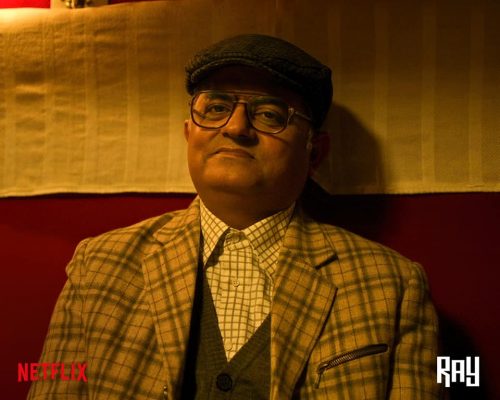
Your character Aslam Baig in Hungama hai Kyon Barpa is a wrestler. Are you a fan of wrestling too?
I would not say I am a fan of wrestling. However, I used to play Kabaddi in school. Since this also involves muscles and quick footedness, it is my small connection to the sport. I am also familiar with the famous wrestler Dara Singh. I was brought up in Delhi and often, people would say, “Aye, do you think that you are Dara Singh?” every time there is some form of confrontation.
Did you use Dara Singh’s body postures to build the character?
Yes. While shooting the wrestling part of Aslam Baig’s career, the character needed to sit upright with the right leg stretched in front. He could not be too laid back or slouched. I had to look bulky too. To accommodate this, the production team made me fit into a bodysuit. But for the second half of the film, my character’s posture and body language had to change. I had to look like a retired wrestler turned sports journalist. He looked more like he was in his shell.
Without this, the viewers would not have been able to differentiate between the character’s present and past which was an important element in the film.
When were you introduced to Satyajit Ray? In an interview, you spoke about learning Bengali from your neighbours. Was it then?
I was introduced to Satyajit Ray in 1986 when I started attending film festivals. After I started doing theatre, my first group ‘Act I’ had many intellectuals who initiated a bunch of discussions on books and cinema. Back in those days, Soojit Sircar (director and producer who works in both Hindi and Bengali cinema) suggested many Ray films to me. When I first started watching Bengali films, I needed subtitles but now I do not need them. If I come across a difficult word, I ask my Bengali friends or my personal assistant Hindol who is also Bengali.
After Ray was released, I got a lot of comments from people in Bengali. I had asked Hindol (who also handles his social media accounts) to reply to them in Bangla.
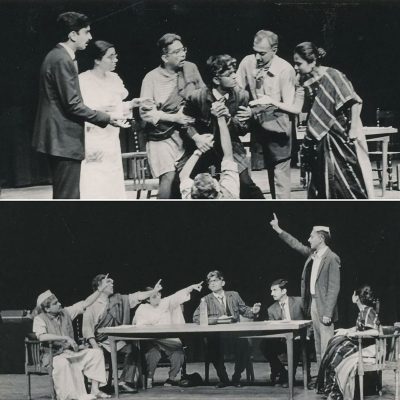
Do you read all the comments on your social media?
I try to scroll through the comments whenever I get time. This is particularly the case when I am travelling. After Ray, I got lots of positive as well as critical feedback. If someone is taking the effort to comment on my role or posts, I notice and acknowledge it. It is my responsibility to take out minutes from my schedule and respond to them.
How much control do you have over your social media?
I do not let any artificiality creep into my social media feed. There have been no changes in the kind of posts I have been sharing now that I have a few lakh followers. I do not indulge in gimmicks to increase my follower base. It is alright- the ones who are following me despite that are my strong followers. They are genuine and believe in my work. There are problems in my life too but there is no point in crying about it on a platform like social media. Particularly in times like these, staying positive is very important.
Recently after the release of Ray, many fans appreciated my film Hungama Hai Kyon Barpa but were leaving negative comments for others. This is fine, but few crossed the line of decency and I had to ask my team to delete those comments.
You are famous for improvising scenes in the cinema and theatre circles. Did you end up improvising a scene or two in Ray too?
It depends on how comfortable the director and my co-actors are with my improvisation. As Aslam Baig, I did not have the liberty to joke with my character and the material was strong. Despite that, in that one scene in the train, while drinking, Manoj Bajpayee’s character says, “Lijye kariye mere kutayi aap (here, beat me up)” and my character immediately says, “I love you”. I blurted that out as a random reaction. Luckily, Abhishek Chaubey, the director, did not cut it.
When you improvise a scene, do your co-actors go along or have there been instances where they have frozen?
It is very important that you do not make your co-actors uncomfortable because it is not necessary that everyone is an expert in improvisation. I cannot dance or do action. If some co-actor gives me such complex tasks during an improvised scene, I will not like that. You have to give your co-actors the confidence and get into a ‘jugalbandi’. Whenever I improvise, I check if the actor opposite me is from the same school of acting as mine.
In Shubh Mangal Zyada Savdhan, I did a couple of improvisations with Neena Gupta and Manu Rishi Chadda as both have a wacky sense of humour. I also did so with Ayushman Khurrana because he is a very confident actor.
In the film Talvar, there is a scene where two officers are about to beat up my character for shoddy police work. One of the officers was Irfan. There was lots of improvisation then. It could happen because Irfan was equally in the game.
Is it difficult for actors to be convincing when drunk?
It is very difficult to act drunk. There is a thin line between acting drunk and looking stupid. To act drunk, I take inspiration from Charlie Chaplin and legendary actor Motilal’s Chuni Babu in Devdas. I cannot act drunk perfectly all the time, but luckily my director and co-actors help me with it.
While shooting drunk scenes in Ray, I kept checking with Manoj Bajpayee who I know from my theatre days. I used to seek suggestions from Baju (Manoj Bajpayee) to ensure that I was babbling and walking like a drunk man. Assurance from a co-actor is important because they are closer to you than the director.
How did it feel to work again with actor Manoj Bajpyee after your theatre days?
After our theatre days, Baju and I did a film together in the mid-90s called Dil Pe Maat Le Yaar. After that, we also worked together on a film called Aks. This lengthy interaction this time during Ray’s shooting, was like deja-vu for me as we were on sets together for 10 days. The comradery with Baju helped my role.
He was very accommodative and supportive. He has more practice than me now as he has consistently been in the industry for 25 years. I have worked on lesser films and mostly in supporting character parts. It is always good to rely on Manoj for feedback.
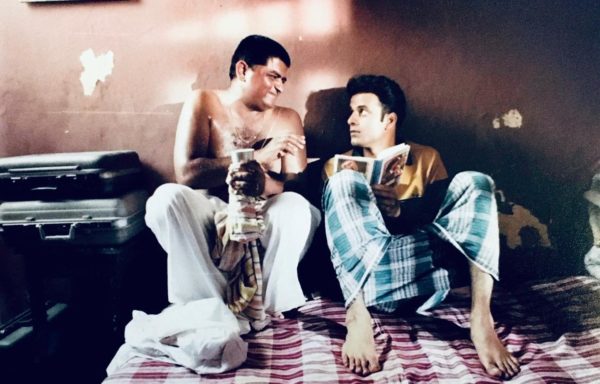
In an interview, you talked about meeting struggling actors when you were in Delhi. How did you prepare yourself for your struggle-filled days in Mumbai?
During my theatre days in Delhi, I saw many good actors return from Mumbai after a futile attempt at acting in Bollywood. At that time, I felt that the opportunities for actors there were very few in number.
I was witness to some of the worst ways actors were treated in Bombay. From these experiences, I realised early in my career that I wanted a balance between acting and a stable income. I wanted to follow my passion while not being dependent on it. Luckily for me, creating advertisements became a stable source of income.
After playing a couple of father roles, did you feel typecast? Were they the only roles that were being offered to you?
I feel that people want to see more work of a character which they like and relate to. That is how successful typecasting is done. I do not feel typecast when I get the role of a father. It just means that my character from Badhaai Ho has been taken positively by all. Before that film, I was getting small but important roles, now I am getting bigger roles that are just as important. For each father character I play, I try to make them different. New writers are now changing the concept of stereotypical fathers to make them sound more real.
The time right now is to choose from the roles I am getting, not complain about them.
In personal life are you more Tripathi from Shubh Mangal Zyada Saavdhan or Kaushik from Badhaai Ho?
Shankar Tripathi was illogical and dominating, I am not like that. I think Jeetendra Kaushik from Badhaai Ho is closer to me. He is the one who keeps harmony in the family. But again, we are very different in our real-life from what we perform on screen.
If given an opportunity, who would you like to work with?
Director Sanjay Leela Bhansali. I want to experience the kind of grandeur that he presents to the audience. I feel his movies are like paintings of Raja Ravi Verma.
Recommended
There are few Malayalam filmmakers who I want to work with including the director of the Great Indian Kitchen (Jeo Baby). The problem is the language barrier. Although I feel like I can act in a Bangla film, I am not confident in pulling off such roles in south indian languages.
I have been in talks with two filmmakers who I really like- Pratim D. Gupta (Macher Jhol) and Srijit Mukerji. It looks like regional cinema is flourishing now.
Any upcoming projects that we should be looking out for?
My upcoming film Maidaan, which is directed by Amit Sharma.
